The Royal Among Us: A Real-Life Princess Quietly Lives a Glamorous Life in Houston — No Wild-Child Antics Allowed
BY Anne Lee PhillipsStanding pretty: Tatiana Galitzine at the Houston home of her parents, Maria Anna Galitzine and Piotr Galitzine. She wears a No. 21 dress, at Laboratoria, Neiman Marcus.
At a seated dinner last year celebrating the blockbuster exhibition “Habsburg Splendor: Masterpieces from Vienna’s Imperial Collections,” the Museum of Fine Arts, Houston, displayed 100 opulent objects and paintings collected by the royal Viennese Habsburg family over six centuries. While the gilded bridal sleigh was spectacular, it was a young woman perusing the exhibit that held my attention.
Her poise was unmistakable. Then she stood for a photograph in front of the Andreas Möller portrait (circa 1727) of a young Archduchess Maria Theresa, who became the Holy Roman Empress and gave birth to Marie Antoinette. The family resemblance was undeniable. The young woman even wore the same striking shade of teal in a modern shift dress paired with statement diamond earrings. MFAH director Gary Tinterow confirmed suspicions when he addressed the crowd of donors and trustees: A number of Habsburg descendants, he proclaimed, are “alive and well and living in Houston, Texas.”
Our Houston Habsburg is Tatiana Galitzine, daughter of Princess Maria Anna Galitzine and Prince Piotr Galitzine. Her mother, Maria Anna, is the daughter of Archduke Rudolf of Austria, who was the youngest son of Emperor Charles I of Austria and Empress Zita of Bourbon-Parma, and her father Piotr is a Russian aristocrat. On a sunny Saturday afternoon, we met her at her parents’ rental home in River Oaks, where they were perching until they could move to a large new house in Bunker Hill — room enough for all six adult children and a growing number of grandchildren to visit. Tatiana Galitzine’s voice was a bit raspy; she had just returned on the red-eye from Istanbul and Germany, where she’d celebrated Oktoberfest.
“The idea of Texas was so foreign to me,” she says. She had been living in San Francisco for two years when she went through a messy breakup. Her parents had recently moved to Houston and encouraged her to do the same. She was working at the San Francisco firm Andrew Skurman Architects when Gensler in Houston recruited her.
“San Francisco is sometimes called the Europe of America, but I found it very cliquey,” she says. Feeling she needed a change, she took a leap of faith and moved.
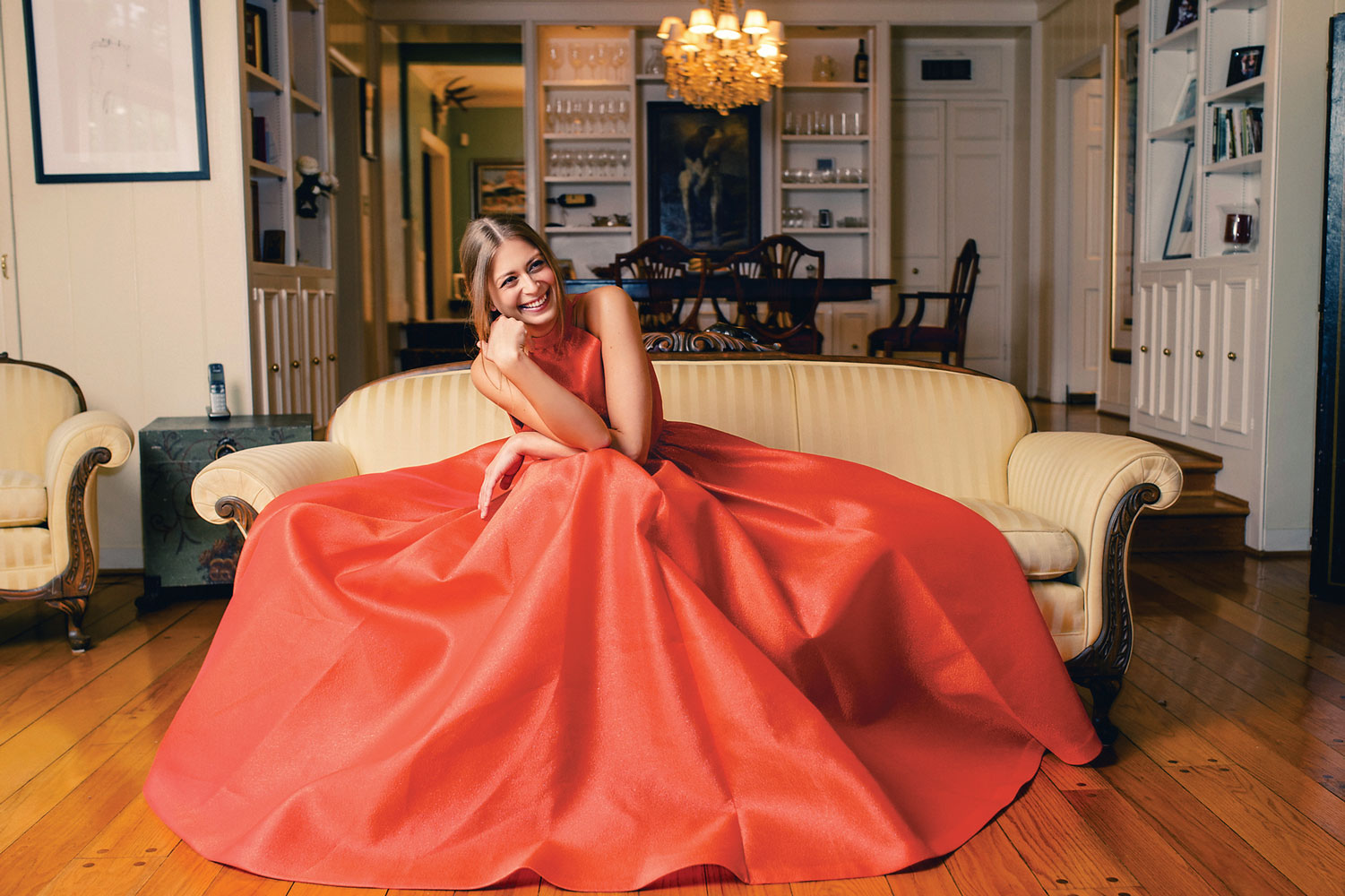
HABSBURG BEGINNINGS
The Habsburg dynasty ruled for nearly 600 years, from the 15th through the 20th centuries. Charles V (1500–1558) inherited a territory that was the largest European empire since the Romans; he famously remarked that the sun never set on the Habsburg empire. Major contributions to art history are the dynasty’s lasting legacy — many members of the family were ardent collectors and generous patrons of the arts.
Frederick III (1415–1493) used art to make known his aspiration for Austria to rule the world, and the MFAH exhibition catalog Habsburg Splendor: Masterpieces from Vienna’s Imperial Collections at the Kunsthistorisches Museum, edited by Monica Kurzel-Runtscheiner, credits Maximilian (1459–1519) as the “first public-relations professional in European history,” as he employed art along with new media such as books to spread his desired image of himself as a hero. Generations of Habsburgs fostered Titian, Jacopo Strada, Peter Paul Rubens and Diego Velázquez. Franz Joseph I (1830–1916) created the Kunsthistorisches Museum in Vienna as the primary repository for the collection.
The Habsburg exhibit at the MFAH was the first time Galitzine was able to see her family’s expansive art collection together in one place. A heady experience, to be sure, but it was the final room in the exhibit that felt deeply personal to her: It contained an outfit that belonged to her great uncle Otto, one he wore to his coronation as crown prince when he was a little boy, a dress from the wardrobe of her great-grandmother Zita, and family portraits of both Otto and Zita — people she knew merely as family.
Her great-grandmother Zita of Bourbon-Parma was the last empress of Austria, with a reign that ended in 1918 after World War I. Zita and her family were forced into exile the next year. “I remember Zita as being very old;” says Galitzine, “she was in her 90s when I was born, in 1984, and always dressed in black in honor of her late husband, [Emperor] Charles [I of Austria], who died at 34.” Zita passed away in 1989, and Galitzine knows the story of her funeral as family lore that’s been told time and time again
As it is relayed (and also originally reported by The New York Times in 1989), Zita was granted access back into Austria in 1982. Upon her death, at the request of the family, the Austrian government allowed her funeral to be held in the country, provided the family paid for it. Although thousands upon thousands turned out for the funeral procession to the Imperial Crypt under Capuchin Church, the reception toward her family and grandmother was mixed; they could feel dislike emanating from some bystanders
When the black imperial catafalque borrowed from the Museum at Schönbrunn Palace arrived at the crypt’s door, the pallbearers knocked and, as is tradition, requested access by stating that Zita, Her Majesty the Empress and Queen, was seeking entry. The warden would not let them in, claiming he “did not know this person,” until the pallbearers said, “We come with the sinful mortal, our sister Zita.” It was a strong reminder that the family was no longer in power and, most importantly, that for Catholics, everyone is a mortal sinner in death and before God.
Galitzine visited Austria in 2011 for the funeral of her great-uncle, the former crown prince. Otto renounced his claims to the throne in order to be provided re-entry to Austria, which was granted in 1966 with the issuance of an Austrian passport. Thousands turned out for his funeral, which included a procession similar to her great-grandmother’s. This time, attitude toward the family was much happier and altogether positive — a big change over the course of 20 years.
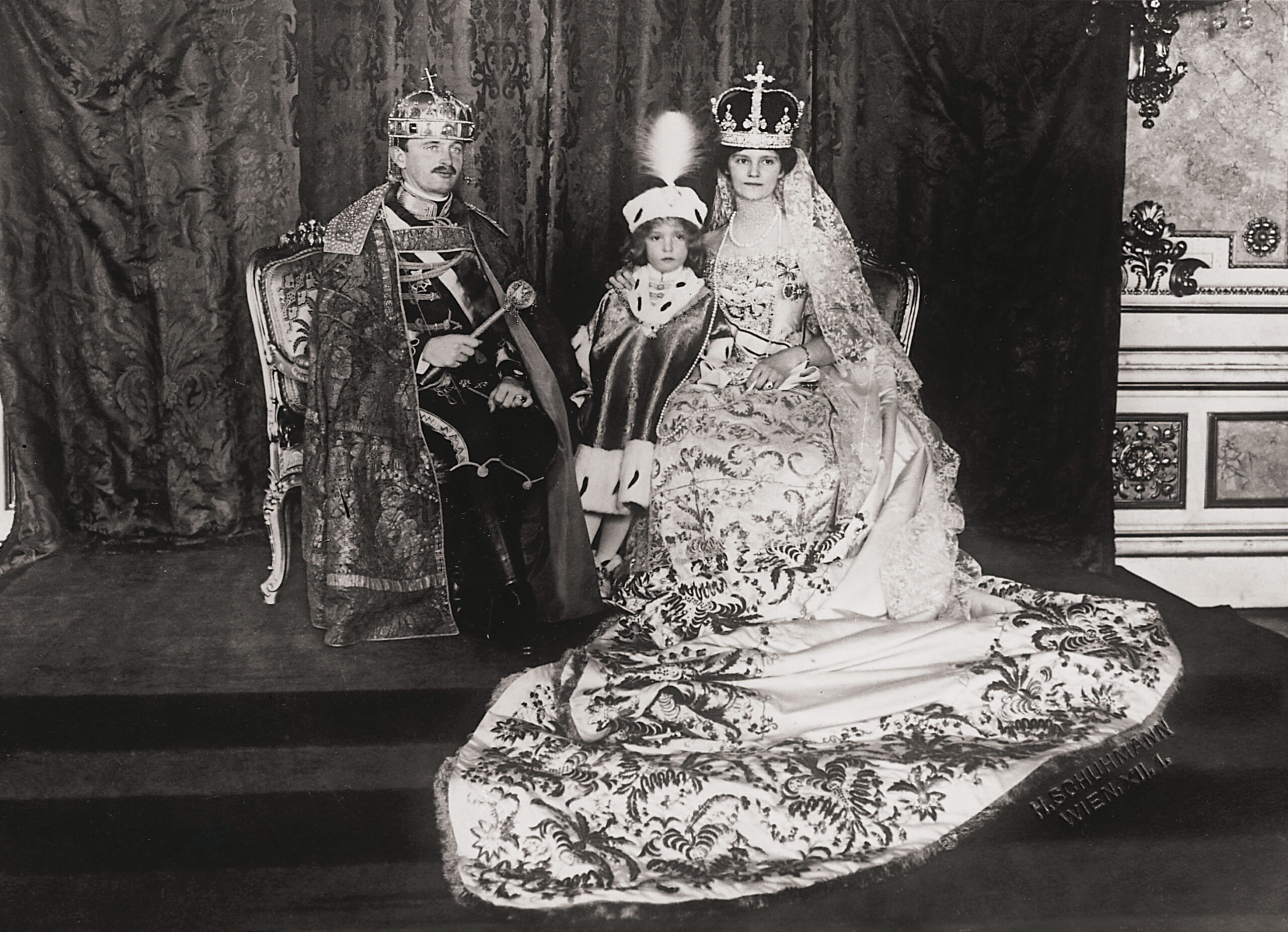
ROYALS AMONG US
Galitzine’s mother, Princess Anna Maria Galitzine, was born in Belgium in 1954 as the eldest child of Archduke Rudolf. She possessed the title of archduchess, but learned not to throw it around. Even though she was not seeking a noble match, she met her true love, Prince Piotr Galitzine, a descendent of the Russian aristocracy, at a bar in New York. They had six children — four boys and two girls. Tatiana, the second oldest, was born in California, where her father had formed a startup with an MIT professor.
The Galitzines then moved to Luxembourg to expand the company. Soon afterwards, the company failed, and her father hoped to return to his native Russia after the fall of communism. As Russian aristocrats, his family members had been persecuted and some killed under the control of the communist regime, but Piotr still loved his homeland. The opportunity presented itself when a German pipe company sought to enter the newly opened Russian market, and the family moved to Moscow for 15 years.
“At home, my father speaks Russian to us, the girls speak French to each other, and the boys speak German,” Galitzine says. The children each posses the title of prince or princess, but do not use them in everyday life. Her older sister, Xenia Galitzine de Matta, and her younger sister, Maria Galitzine, live in Houston as well. Galitzine and her siblings were raised with a sense of duty towards and love for Austria and Russia, even though their families were not always welcomed; during the Olympics, they root heavily for both countries.
She and her siblings and dozens of cousins were taught cautious behavior — no royal wild-child antics allowed. Being a Habsburg descendant means not doing anything to offend or embarrass the family name. “In Houston and in America, citizens grow up with the idea that charity is normal,” she says. “In Moscow, philanthropy is neither taught nor encouraged due to communism.”
But she and her brothers and sisters were prompted by their parents to attend one highbrow concert or art event of their choosing per week. Joanne King Herring, a family friend, has been a big inspiration and mentor for Galitzine, especially in guiding her in philanthropic endeavors.
MODERN LOVE
It was a Saturday night at a stunning contemporary home in Boulevard Oaks, and the social gang was all there: Joanne King Herring held court in a back room with a few young gentlemen, Kathy and Marty Goossen surveyed the scene outside, and Princess Maria Anna Galitzine and Prince Piotr Galitzine mingled with guests in the massive living room, complete soaring 34-foot ceiling surrounded by walls of glass. Family and friends toasted Galitzine and her fiancé — after all, it is their engagement party.
Galitzine had announced her surprising engagement to Guillermo Sierra, a Wharton grad from Mexico City, a few months earlier. It was a whirlwind romance: They had known each other only six weeks. Sierra works as an investment banker in an office next door to Galitzine’s office at Gensler downtown. Both Sierra and Galitzine spend long hours at their respective jobs, and one day Sierra decided to strike up a conversation with Galitzine in front of her building.
After a first date, they realized they had many of the same friends and had most likely been at the same parties on the same nights but had never connected. “After our first date, I knew he was the love of my life and so did he, and he proposed shortly after,” Galitzine says. “And I said yes straight away.”
The couple recently purchased the contemporary house — all glass and steel, per her style — as their first home together. They’re in the throes of planning a grand wedding in New York next March. And so, a modern-day princess has found her prince.
PRODUCED BY MICHELLE AVIÑA. PHOTOGRAPHY JAY TOVAR. HAIR AND MAKEUP TONYA RINER.
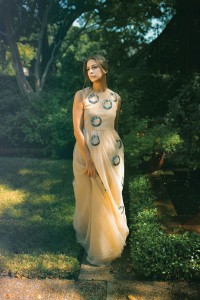
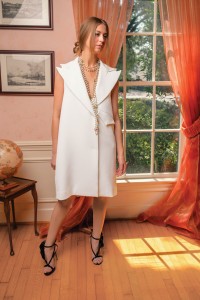

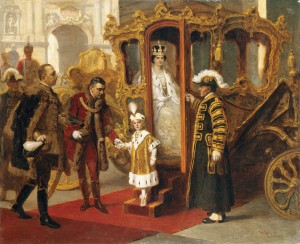
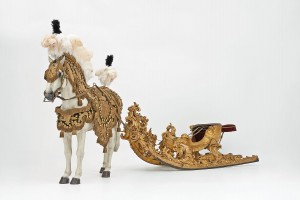
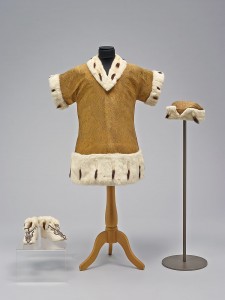

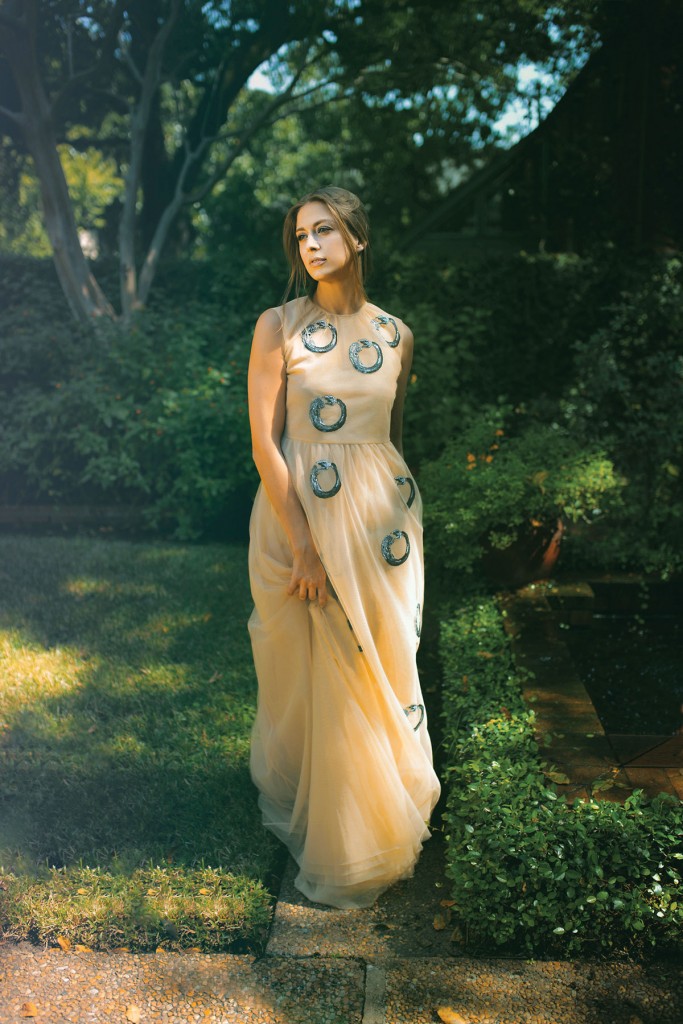
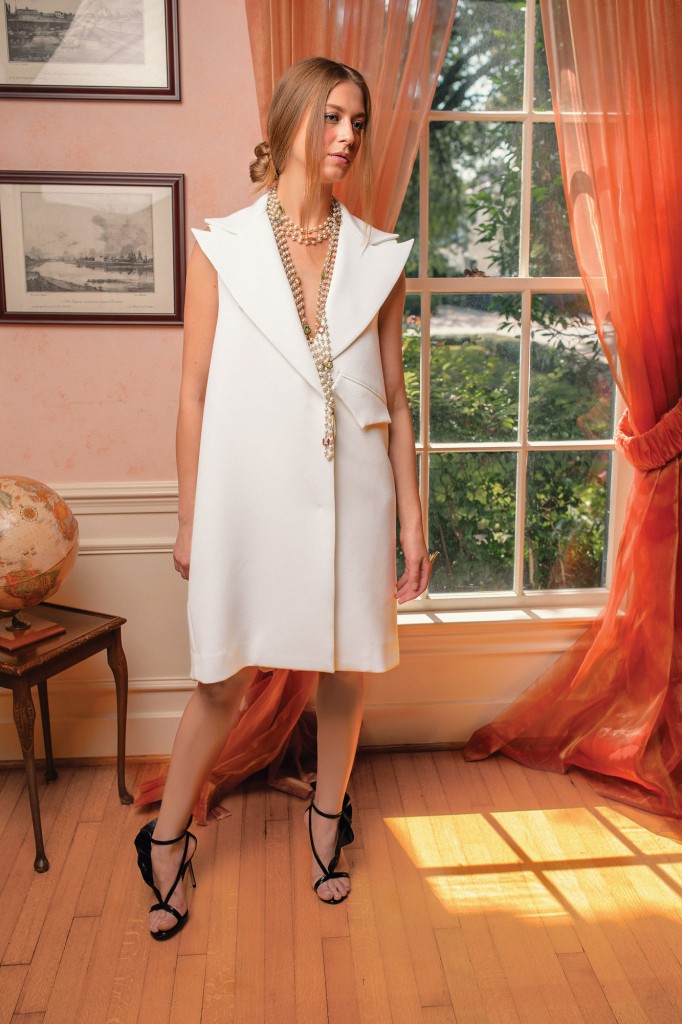
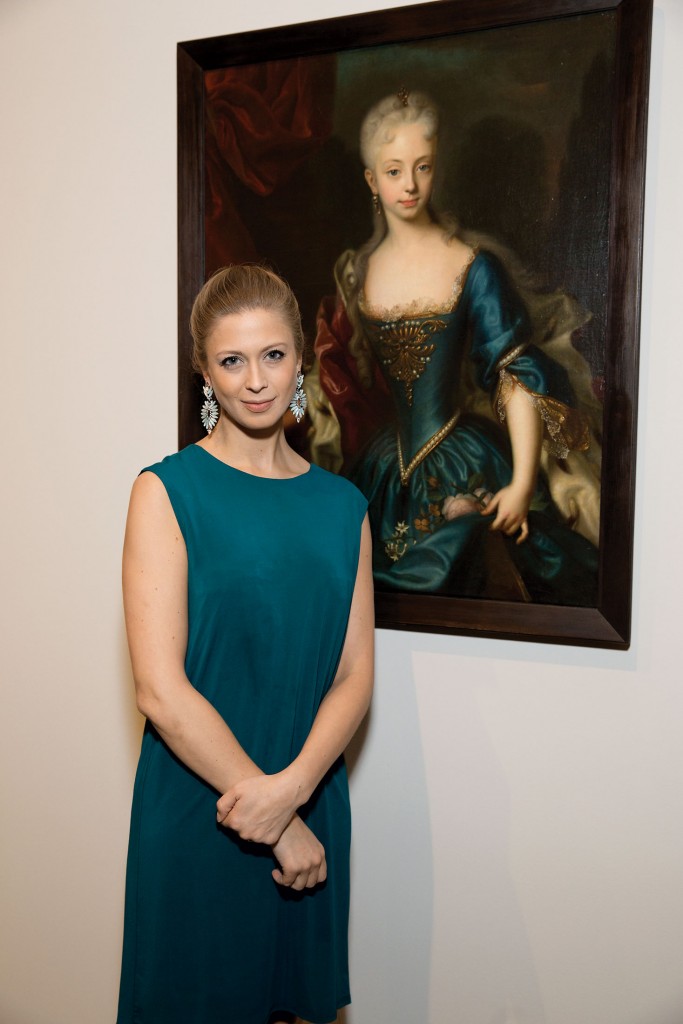
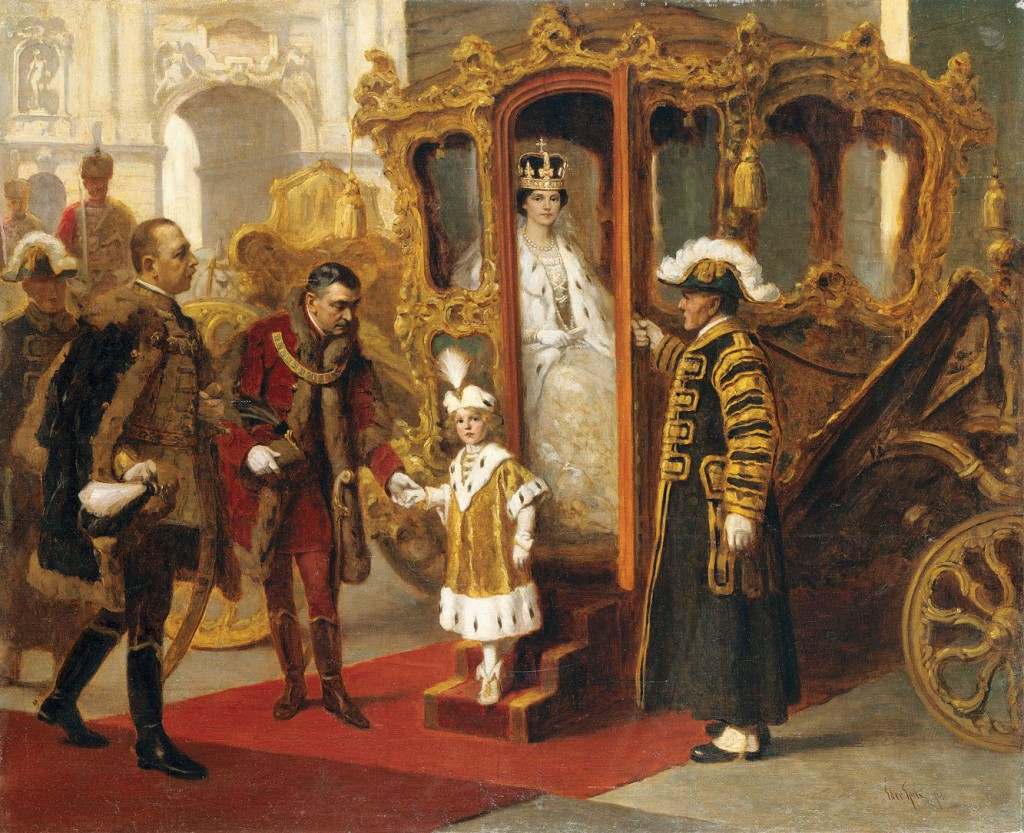
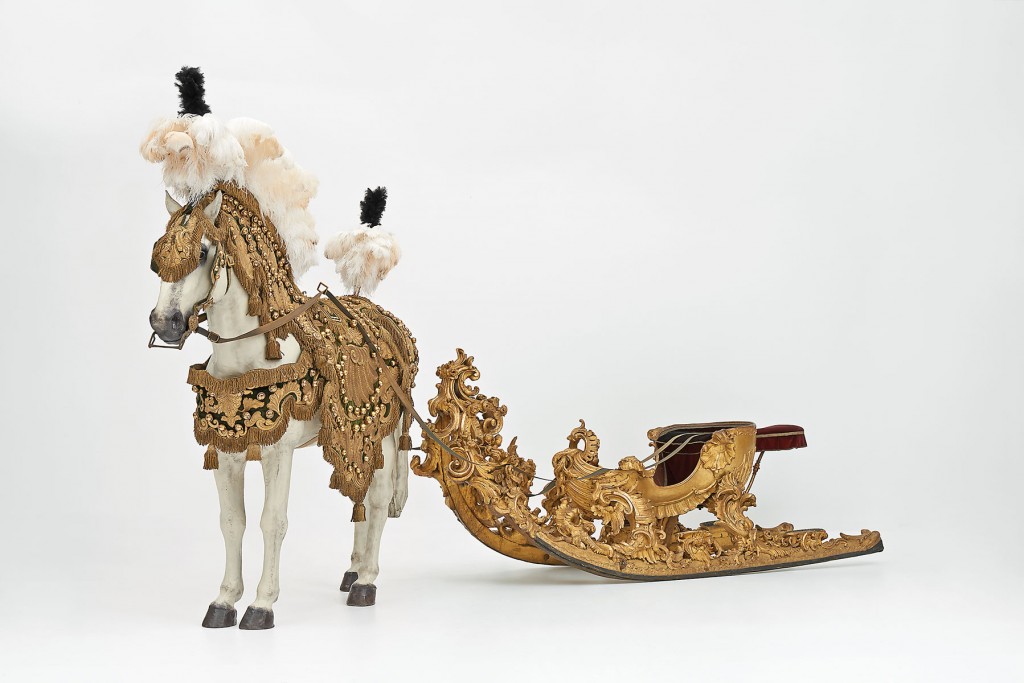
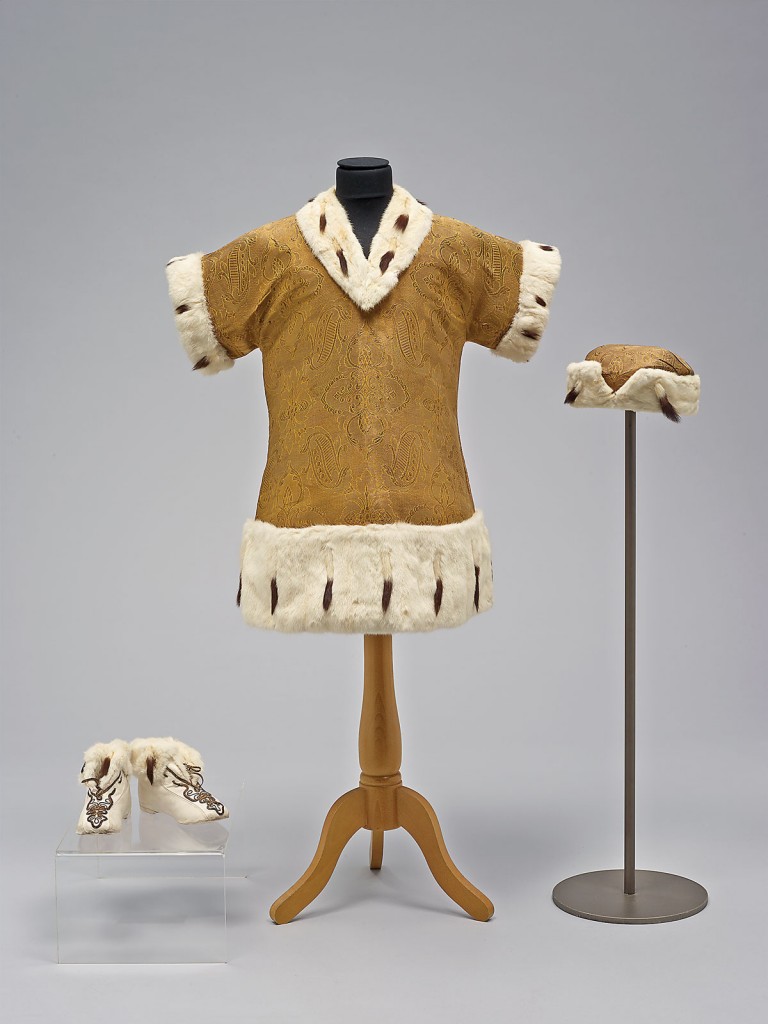
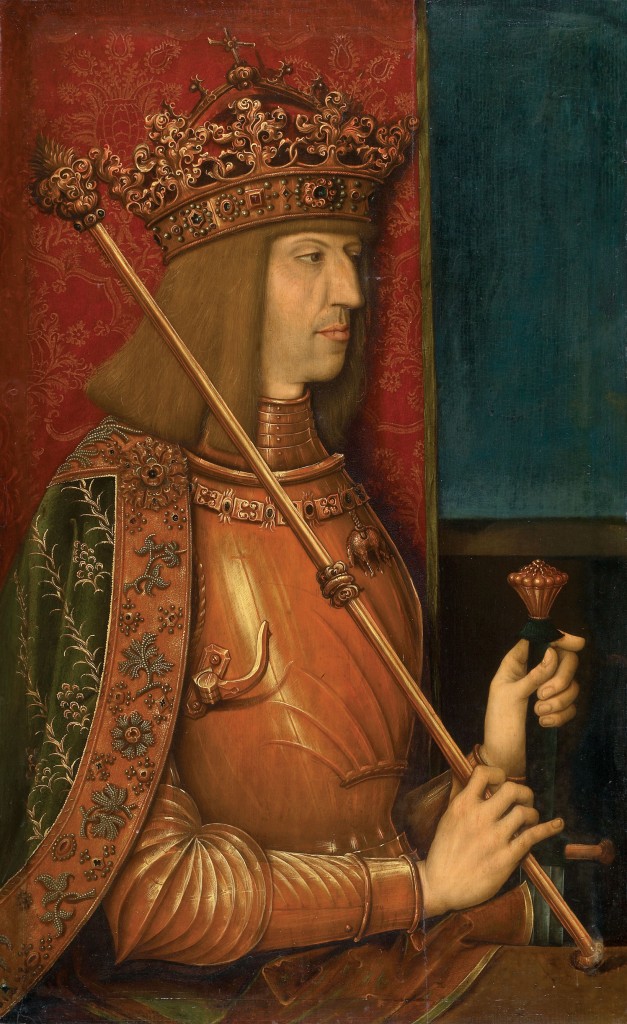









_md.jpeg)


